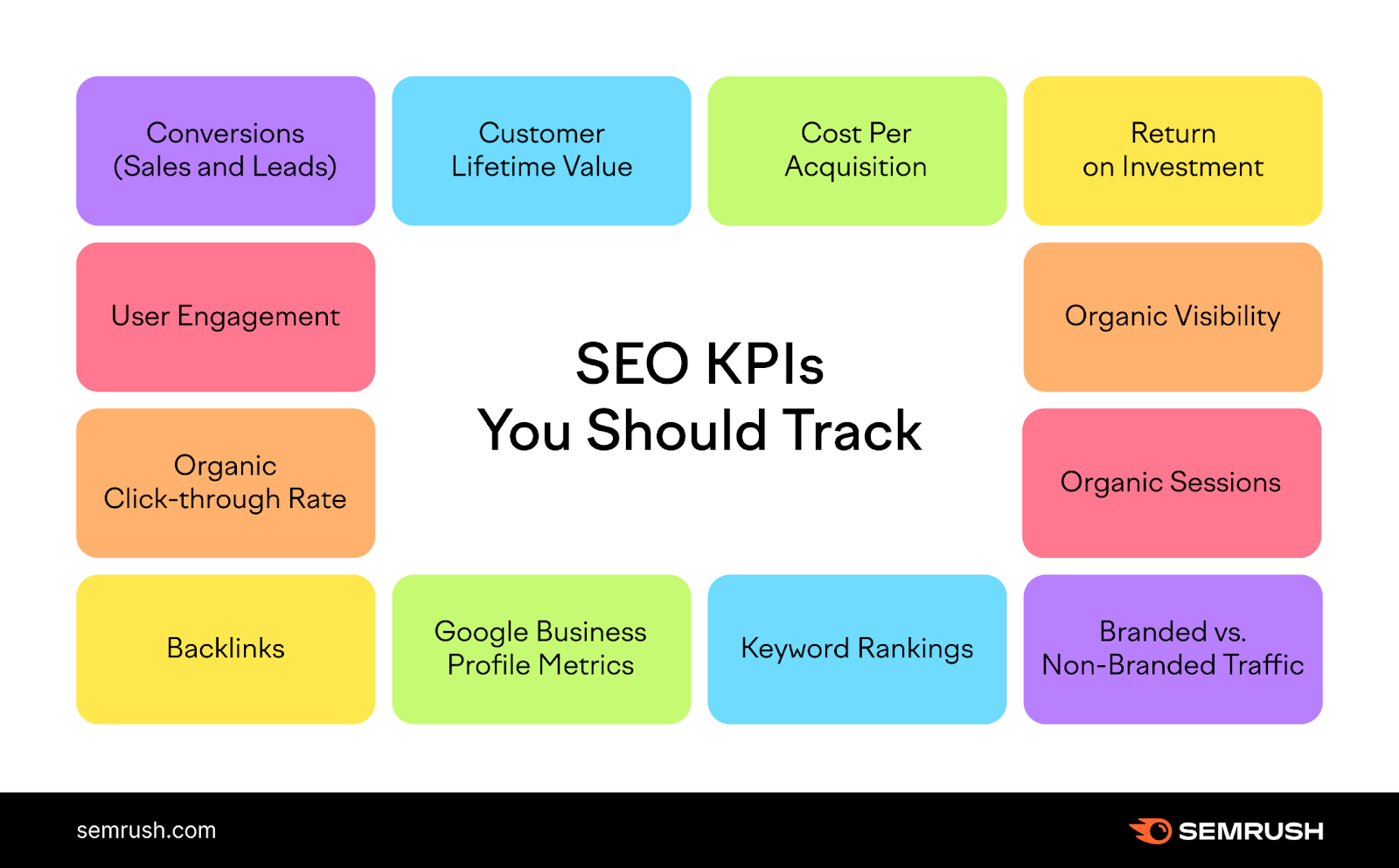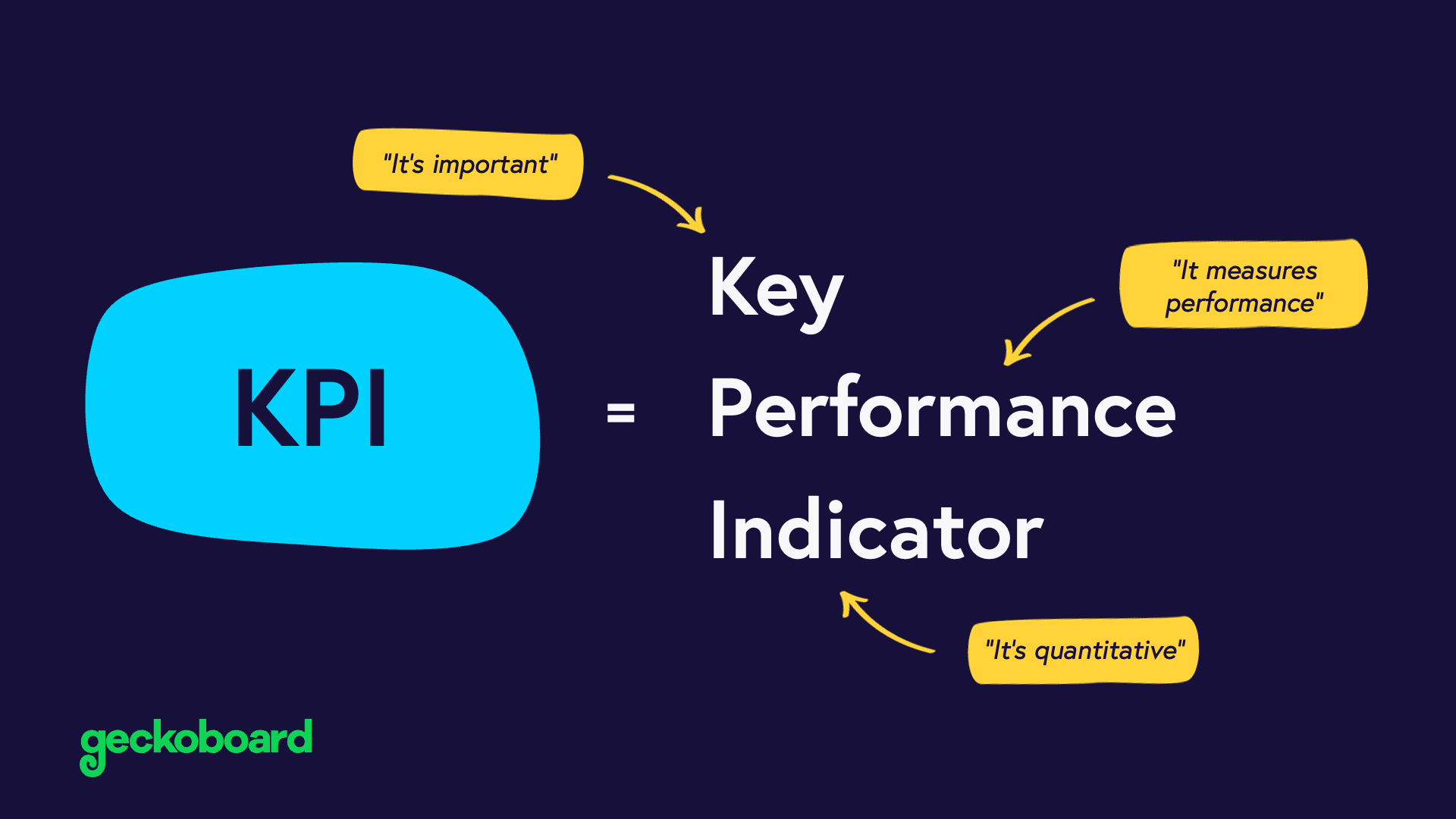5 Killer Business KPIs to Unleash Your Company’s Growth Potential
Introduction
With great pleasure, we will explore the intriguing topic related to 5 Killer Business KPIs to Unleash Your Company’s Growth Potential. Let’s weave interesting information and offer fresh perspectives to the readers.
5 Killer Business KPIs to Unleash Your Company’s Growth Potential

In the fast-paced, ever-evolving world of business, success hinges on making informed decisions. But how do you know if your strategies are truly driving growth and profitability? The answer lies in Key Performance Indicators (KPIs) – the vital metrics that provide a clear picture of your company’s performance and guide your strategic direction.
However, not all KPIs are created equal. Choosing the right ones, understanding their meaning, and leveraging them effectively is crucial to unlocking your company’s full potential. This article dives deep into 5 killer KPIs that can unleash your company’s growth potential, empowering you to make data-driven decisions and achieve remarkable results.
1. Customer Acquisition Cost (CAC):
What it is: CAC measures the average cost incurred to acquire a new customer. It’s calculated by dividing the total marketing and sales expenses by the number of new customers acquired during a specific period.
Why it matters: Understanding your CAC is essential for optimizing your marketing and sales efforts. A high CAC indicates that your acquisition strategies are inefficient, eating into your profits. A low CAC, on the other hand, signifies that you’re acquiring customers cost-effectively, laying the foundation for sustainable growth.
How to use it:
- Track CAC across different channels: Analyze which channels are most effective in driving customer acquisition and allocate your marketing budget accordingly.
- Compare CAC to Customer Lifetime Value (CLTV): Ensure your CAC is significantly lower than your CLTV to guarantee profitability.
- Optimize your acquisition strategies: Implement data-driven changes to your marketing campaigns, sales processes, and pricing strategies to reduce your CAC.
2. Customer Lifetime Value (CLTV):
What it is: CLTV represents the total revenue a company expects to generate from a single customer over their entire relationship with the business. It’s calculated by considering the average purchase value, purchase frequency, and customer retention rate.
Why it matters: CLTV provides a holistic view of your customer’s value and helps you understand the long-term profitability of your customer base. A high CLTV signifies loyal customers who generate significant revenue over time, making your business more resilient and profitable.
How to use it:

- Segment your customer base: Identify high-value customers and tailor your marketing and sales efforts to retain and nurture them.
- Develop customer loyalty programs: Offer incentives and rewards to encourage repeat purchases and increase customer lifetime value.
- Improve customer service: Enhance your customer experience to foster stronger relationships and increase customer retention.
3. Net Promoter Score (NPS):
What it is: NPS is a widely used metric that measures customer loyalty and advocacy. It’s determined by asking customers a single question: "On a scale of 0 to 10, how likely are you to recommend [your company] to a friend or colleague?"
Why it matters: NPS provides valuable insights into customer sentiment and helps you identify areas for improvement. High NPS scores indicate strong customer satisfaction and loyalty, while low scores suggest potential issues that need addressing.
How to use it:
- Track NPS over time: Monitor trends in customer sentiment and identify any significant shifts in perception.
- Analyze responses: Understand the reasons behind positive and negative feedback to identify areas for improvement.
- Implement feedback: Use customer feedback to enhance your products, services, and overall customer experience.
4. Employee Net Promoter Score (eNPS):
What it is: eNPS is a similar metric to NPS, but it measures employee engagement and advocacy. It asks employees how likely they are to recommend their company as a great place to work.
Why it matters: Engaged employees are more productive, innovative, and committed to the company’s success. High eNPS scores indicate a positive work environment and strong employee morale, which translates into better customer service and higher profitability.
How to use it:
- Track eNPS over time: Monitor employee sentiment and identify any potential issues that need addressing.
- Analyze responses: Understand the reasons behind positive and negative feedback to identify areas for improvement.
- Implement feedback: Use employee feedback to improve your company culture, benefits, and overall employee experience.
5. Return on Investment (ROI):
What it is: ROI measures the profitability of an investment. It’s calculated by dividing the net profit from an investment by the total cost of the investment.
Why it matters: ROI helps you understand the effectiveness of your investments and prioritize projects that deliver the highest returns. A high ROI indicates that your investments are generating significant profits, while a low ROI suggests that you need to re-evaluate your investment strategies.
How to use it:
- Track ROI across different initiatives: Identify the most profitable projects and allocate resources accordingly.
- Compare ROI to industry benchmarks: Ensure your investments are performing competitively within your industry.
- Optimize your investment strategies: Continuously evaluate and refine your investment decisions to maximize returns.
Beyond the Numbers: The Power of Action
While KPIs provide valuable insights, they are just one piece of the puzzle. The real power lies in acting on the data.
- Set SMART goals: Ensure your KPIs are aligned with your overall business objectives and set specific, measurable, achievable, relevant, and time-bound goals.
- Regularly monitor and analyze: Track your KPIs on a regular basis, identify trends, and make adjustments as needed.
- Communicate effectively: Share your KPI data with your team and stakeholders to foster transparency and accountability.
- Embrace a data-driven culture: Encourage data-driven decision-making throughout your organization to ensure that all initiatives are aligned with your strategic goals.
Conclusion:
By leveraging these 5 killer KPIs and embracing a data-driven approach, you can unleash your company’s growth potential, navigate the complexities of the business world, and achieve remarkable results. Remember, KPIs are not just numbers – they are powerful tools that can help you steer your company towards a brighter future.

Closure
Thus, we hope this article has provided valuable insights into 5 Killer Business KPIs to Unleash Your Company’s Growth Potential. We hope you find this article informative and beneficial. See you in our next article!
google.com


